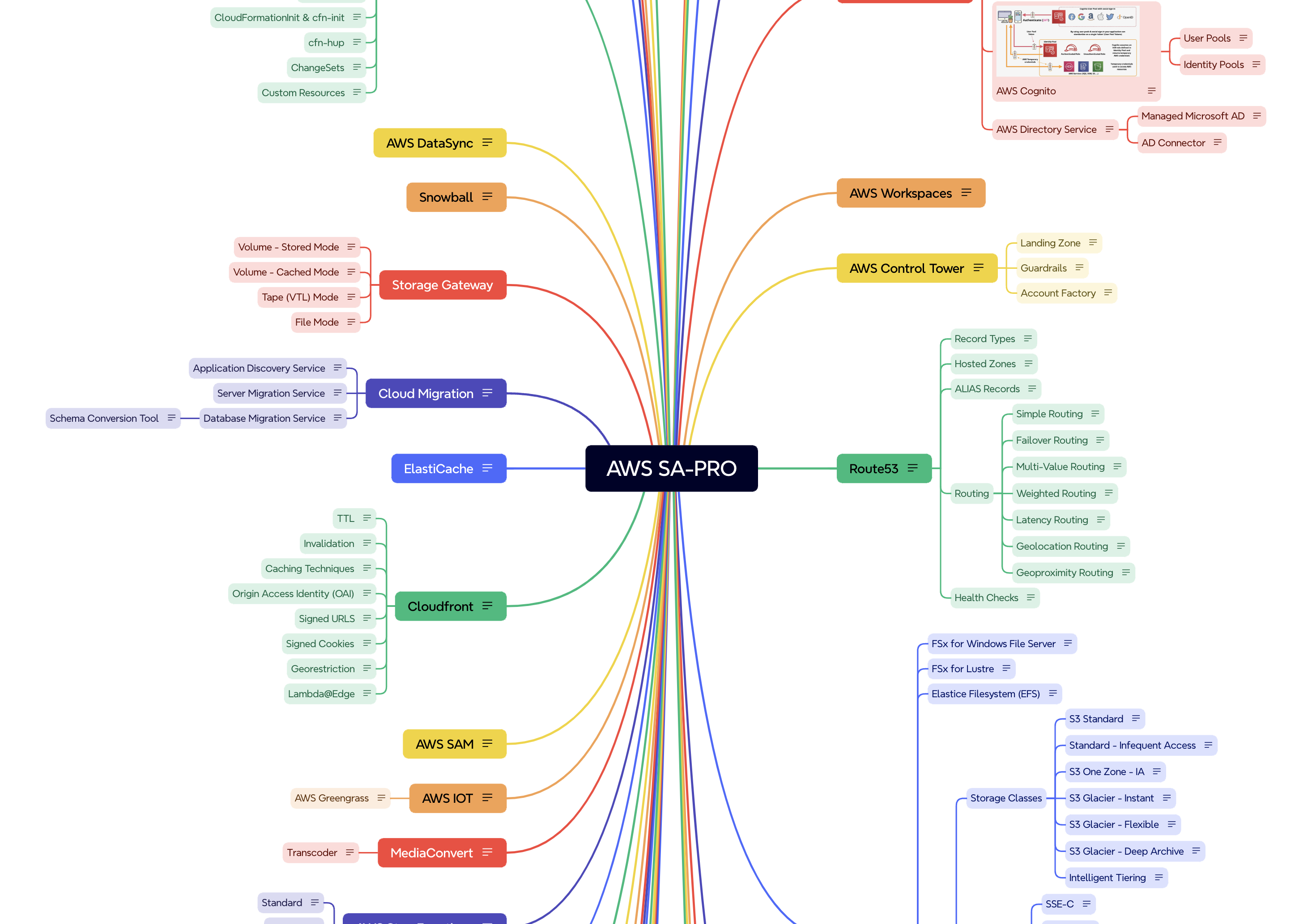Introduction
Taking advantage of my employer’s training provisions, I studied for and passed the Solutions Architect Associate and Solutions Architect Professional AWS certifications in the past 7 months.
In this post, I’ll take a retrospective on what went well and what went wrong in this journey.

Technical Background
Before taking the Associate exam, I already have around 4 years of Cloud experience in both development and operations capacity. Although my exposure is purely in web application infrastructures, this is more than enough for me to tie in how AWS recommends certain components to be architected to some pre-existing technical knowledge. As an example: caching expensive database results into redis is essentially the same as using Elasticache — or using Celery to offload tasks is similar enough to SQS.
For the Professional exam, this technique falls short in a lot of the exam domains. My existing knowledge of how to do system migrations, although effective enough to accomplish requirements, is very different from what AWS prescribes. Or in the case of managing AWS Organizations at scale — this is just something that I haven’t had enough exposure with.
Learning Resources
To supplement the technical gaps that I have, I followed the advice that I got from other exam takers and used only the following resources:
- Adrian Cantrill’s courses for Cloud training
- Tutorial Dojo’s practice exams to test my knowledge
I tried a handful of other resources, and in my honest opinion, the combination of the two above is what you’d want if you’re looking for practical Cloud skills and not just to pass the exams.
In retrospect, I wish I stayed with these two resources rather than jumping in-and-out to try other ones. I would’ve saved a week or two of study time.
Study Techniques
In general, here’s what I did in order to study for both the exams:
- Watch at least an hour’s worth of content from Cantrill’s course.
- Take notes using Xmind, preferring summaries using my own words rather than taking screenshots.
- Review my notes afterwards and convert them into flashcards using Anki. Again, preferring to build the deck on my own (rather than using other people’s)
- For any hands-on lessons, make sure to follow along with my own environment. I took notes of any confusing steps and did my research to solidify the learning.
- When time permits, build a very focused prototype using a different approach than what Cantrill used in his labs. For example, using CDK instead of CloudFormation.
- Most important: only start Tutorial Dojo’s practice exams after clearing Cantrill’s course 100%.

As for the Professional exam, I took a couple of extra steps:
- Read up on AWS Whitepapers and Prescriptive Guidance.
- Utilize downtime to watch/listen to AWS related media such as AWS re:Invent.
- Engage with the AWS community to ask for help — and return the favor when I can.
In retrospect, I would’ve engaged with the AWS community as soon as I can. It is important to understand that the certification exam doesn’t necessarily reflect what the industry uses. Seeing how others architect their infrastructure using components outside of AWS really broadens my horizon in terms of architecture design.
The Actual Exam
My first try of the Associate exam was with Pearson Vue’s online proctoring. It was an absolute disaster. For anyone who plans to take an online certification exam using an iMac: know that you’ll pass all of the pre-exam checks right up until your exam day and the proctor asks you to lift your camera and show the entire room, which is obviously impossible to do with an iMac. I can’t find any mention of this on the documents that they sent beforehand, and this might have changed since then, but that was it for me. I’ll never take an online proctored exam again, if possible.
So I booked both my exams to be at a test center. Aside from some network issues on my Professional exam, the whole process was a breeze. Check-in on the front desk, store my belongings in the locker, and start the exam. I took my exams in the morning and the results came in right around 5-7PM.

In retrospect, I should’ve utilized the provided pen and paper more. A lot of the densely worded questions is much more easier to digest if you have an architectural diagram to look at. It’s also helpful in taking note of facts and figures such as payload sizes or CIDR ranges.
Conclusion
After studying for and passing both Associate and Professional level Solutions Architect exams, I’ve been satisfied with my approach. Who knows, the same approach could be helpful if I decided to take another certification soon…